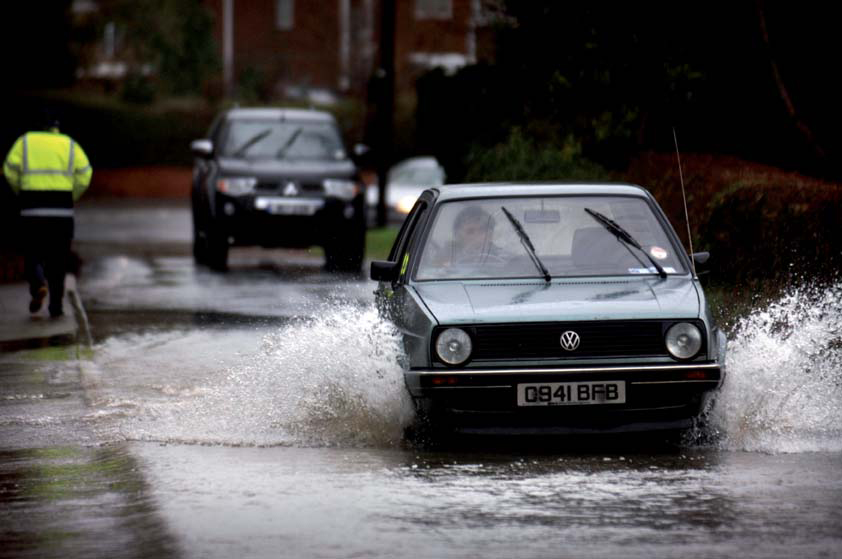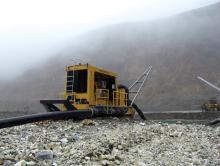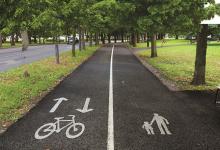
Block paving has become a popular alternative to concrete or asphalt surfacing and innovative new designs can also help reduce flooding
Whether it is attributable to global warming and changing weather patterns or more surface run-off, flooding seems to be a growing problem in Europe. It is estimated that around two thirds of home insurance claims for flood damage are now caused by surface water, rather than from rivers bursting their banks.
The rate of development in some areas means that further surfacing of previously open ground seems inevitable, which could lead to further surface water flooding incidents but the latest paving products can reduce the impact.
Some of the latest block paving techniques actually help increase surface water storage and could reduce the potential for flooding in some areas. Designs that offer storage of water in this way are often called Sustainable Urban Drainage Systems (SUDS) and they're popularity is growing.
Adoption of SUDS is being promoted as the ability to store water until the peak rainfall has passed is in line with the requirements of the European Water Framework Directive.
In conventional paving surface water is encouraged to flow across the surface and into drains as quickly as possible. But with the higher surface areas now being paved over in urban areas, drainage systems are often unable to cope during heavy rain, resulting in flooding. SUDS aims to remove the water from the surface where it falls - source control - to prevent flooding and allow slower filtration.
The simplest form of SUDS is concrete block permeable paving which from the surface looks like conventional block or slab paving which can be trafficked in the normal way. But below the surface there is a cavity or aggregate-based filtration layer, accessed by wider joints between paving units, to allow water attenuation during heavy rainfall, followed by slow filtration into the subsurface.
This slow filtration mimics the process of surface water filtration on natural ground and aims to limit the impact of the surfaced area. If filtration straight into the subsoil is not ideal, it is also possible for SUDS to transfer the water to another area. By installing an impermeable layer below the cavity and using pipes to collect the water, it can be transferred to specially designed drainage ditches and ponds. In some developments this 'harvest' surface water runoff is reused within buildings as grey water recycling, for flushing toilets for example.
US and German studies of the systems in use have shown that SUDS should be designed around infiltration rates of around 10% of the initial rate on installation. This gives the systems a 20 year maintenance-free design life.
Rainfall rates vary from region to region, but typical levels in Western Europe are 75mm/hour and with the percolation rate through joints of newly laid concrete block paved SUDS at 4000mm/hour, even allowing for the reduction to just 10%, there is still a large factor of safety.
Some of the latest block paving products actually incorporate the drainage/cavity layer into the design, making SUDS easier to install. According to the paving association Interpave, concrete block paving SUDS can actually be cheaper in terms of initial investment costs as well as having lower whole life costs, without taking into account the sustainability benefits.









